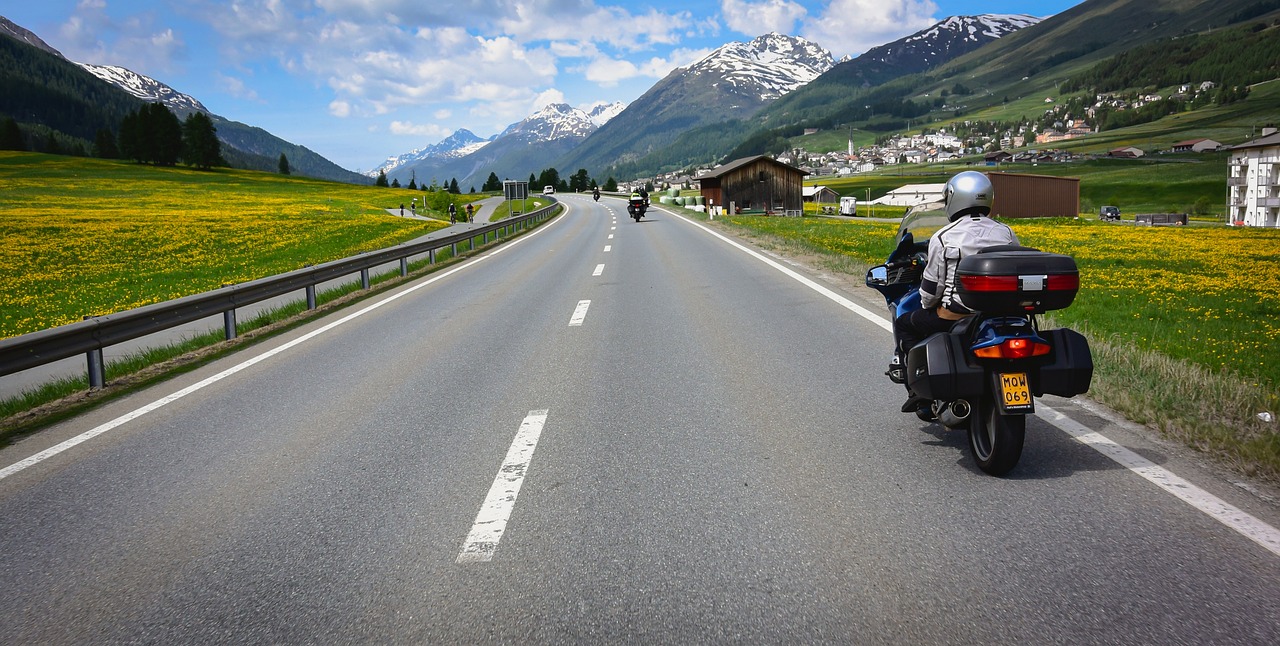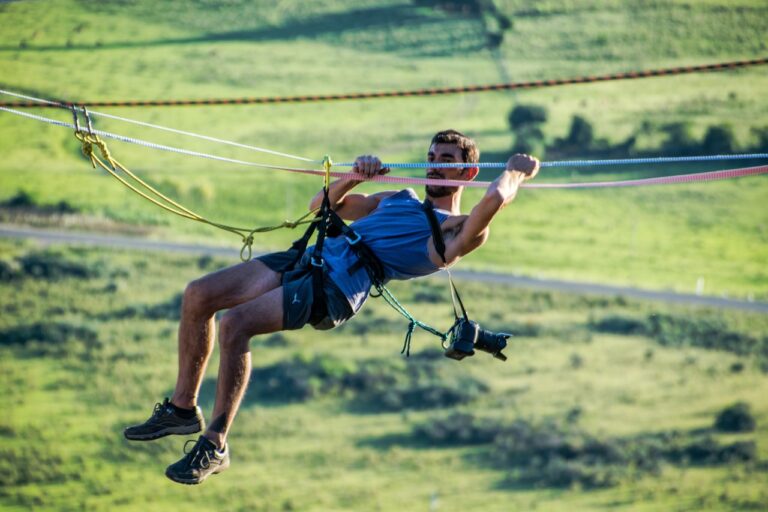Travel Photography: Tips for Capturing People and Portraits
When it comes to capturing people and portraits, having the right equipment is essential to achieving high-quality results. A good quality camera is the most basic requirement for any photographer. It’s important to choose a camera that offers high resolution and allows for manual adjustments to settings such as aperture, shutter speed, and ISO.
In addition to a good camera, having a variety of lenses is also crucial for capturing people and portraits. Different lenses can provide different perspectives and depth of field effects, allowing the photographer to be more creative with their shots. Lenses with a wide aperture are particularly useful for portrait photography as they can create a pleasing background blur, also known as bokeh.
Understanding Lighting Techniques for Portraits
When it comes to capturing portraits, mastering lighting techniques is essential for creating impactful and visually appealing images. Proper lighting can make or break a portrait, as it sets the mood, highlights the subject’s features, and adds depth to the overall composition. Understanding how to manipulate light effectively can elevate your portrait photography to the next level.
One key aspect to consider is the direction of light in relation to your subject. Front lighting is the most basic and straightforward option, providing even illumination on the face. Side lighting, on the other hand, can add depth and create dimension by casting shadows across the subject’s features. Experimenting with different light angles and sources can help you achieve the desired look and feel in your portraits.
What equipment do I need for capturing people and portraits?
For capturing people and portraits, you will need a camera (DSLR or mirrorless), a lens suitable for portraits (such as a prime lens with a wide aperture), a tripod (optional but helpful for stability), and lighting equipment (such as a speedlight or studio lights).
What are some common lighting techniques for portraits?
Some common lighting techniques for portraits include natural lighting (using available light such as sunlight or window light), artificial lighting (using studio lights or speedlights), and techniques such as Rembrandt lighting, butterfly lighting, and split lighting.
How can I create flattering lighting for portraits?
To create flattering lighting for portraits, you can use soft lighting sources to minimize harsh shadows, position the light source at a slightly higher angle to the subject for a more natural look, and experiment with different lighting setups to find what works best for your subject.
Do I need expensive lighting equipment for portrait photography?
While expensive lighting equipment can certainly enhance your portraits, you can achieve great results with more affordable options such as natural light, reflectors, or inexpensive speedlights. It’s more about understanding how to use light effectively rather than the cost of the equipment.





